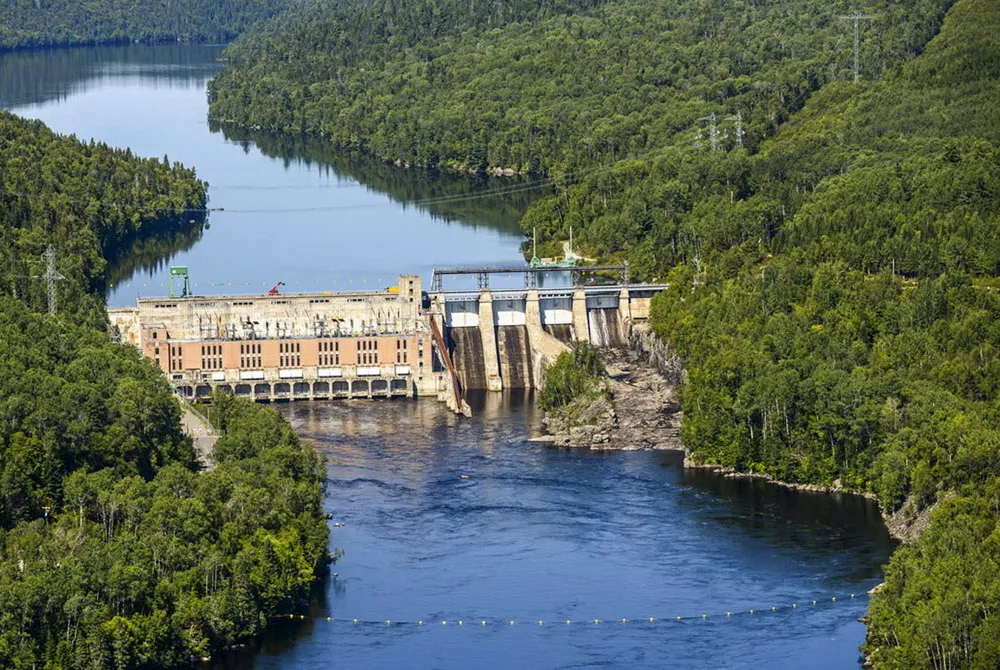Massive green hydrogen and e-methane project announced in Quebec by controversial developer TES
Company plans to build 1GW of wind and solar to power most of the H2 production, with exclusively domestic offtake

Company plans to build 1GW of wind and solar to power most of the H2 production, with exclusively domestic offtake
